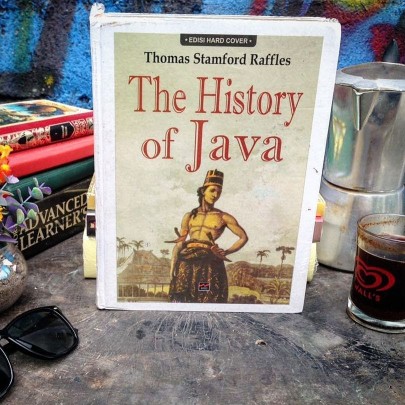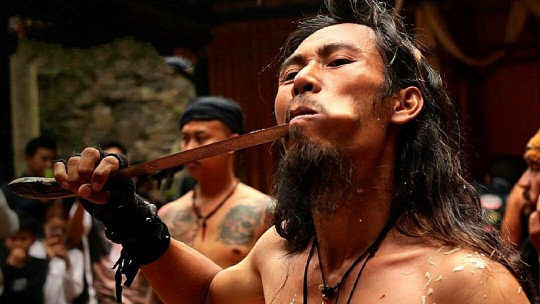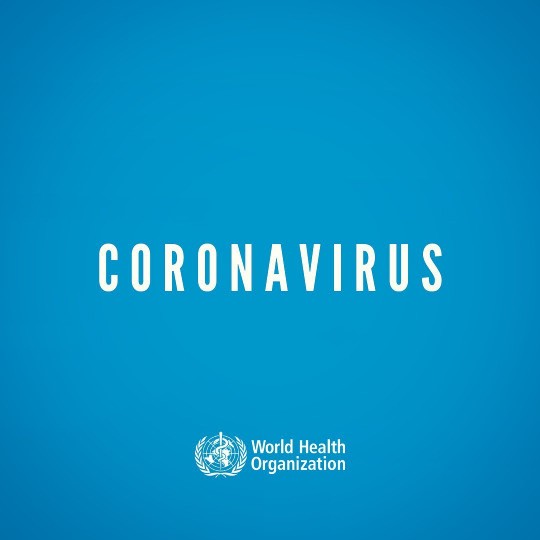javaprivatetour.com – Hey there, fellow adventurers! Today, let’s embark on a journey to uncover the charming history behind one of Indonesia’s beloved cities, Bandung, often affectionately dubbed as “Paris van Java”. But hold on tight, because this tale is as fascinating as it gets!
A Glimpse into Bandung’s Past

Before we dive into the Parisian vibes of Bandung, let’s rewind a bit and delve into its roots. Bandung, the capital of West Java Province, derives its name from the word “bendung”, meaning dam or dike, owing to the river dams constructed to control the flow of lava from Mount Tangkuban Perahu.
Legend has it that “Bandung” also refers to a type of boat called “perahu bandung”, consisting of two boats bound together. This unique name finds its origins in the quest of R.A. Wiranatakusumah II, the Regent of Bandung, for a suitable location for the new administrative center of Bandung District.
The shift of the administrative center was prompted by strategic considerations and the recurrent flooding of the Krapyak area (now Dayeuhkolot). Additionally, the request made in 1808 by the Dutch East Indies government, led by Governor-General Herman Willem Daendels, further propelled the relocation of the capital.
The construction of the Great Post Road (Jalan Raya Pos or Groote Postweg), stretching approximately 1000 km from Anyer in West Java to Panarukan in East Java, passing through the Krapyak area, necessitated the move. Thus, on September 25, 1810, Bandung was officially designated as the new capital of Bandung District, a date celebrated as Bandung’s birthday to this day.
Unraveling the Origins of “Paris van Java”

Now, let’s fast forward to the colonial era, where Bandung’s journey to becoming “Paris van Java” began. During the Dutch colonial period, the promotion of tourism in the Dutch East Indies was seen as a means to generate revenue and showcase the progress of the colony to the outside world.
Cities across the archipelago were bestowed with European-inspired monikers, and Bandung was no exception. The moniker “Paris van Java” was a nod to the city’s burgeoning fashion scene, which emulated the trends of Paris.
In the early 1900s, a store called Aud on Braga Street became the go-to destination for Bandung’s fashion enthusiasts. Renamed Au Bon Marche Modemagizn in 1913, this store showcased the latest Parisian fashion trends, captivating the locals with its avant-garde offerings.
Not only did Bandung excel in fashion, but its architecture also mirrored that of Paris. Buildings like the Preanger Hotel and the Savoy Homann Hotel, designed in the art deco style, further solidified Bandung’s reputation as the “Paris van Java”.
From haute couture to culinary delights, Bandung embraced the essence of Parisian elegance, with establishments like Maison Bogerijen catering to the culinary preferences of Dutch and European officials and entrepreneurs.

Java Private Tour: Your Gateway to Bandung’s Charms
So, dear travelers, as you plan your escapade to Bandung, allow me to introduce you to your ideal companions: Java Private Tour. Why settle for anything less when you can experience Bandung’s allure with knowledgeable guides who speak fluent English, offer flexible schedules tailored to your preferences, and provide a range of transportation options, from sedans to tourist buses?
Endorsed by esteemed embassies and praised by satisfied travelers, Java Private Tour is your ultimate partner in unlocking the treasures of Bandung. Whether you’re a first-time visitor or a seasoned explorer, let Java Private Tour be your compass in navigating the enchanting streets of “Paris van Java”.
So, what are you waiting for? Pack your bags, hit the road with Java Private Tour, and prepare to be mesmerized by the charm of Bandung, where every corner whispers tales of a bygone era, reminiscent of the City of Lights itself.
You May Also Like
 Sugar: The Sweet Beginning of Dutch Colonialism in Java
Sugar: The Sweet Beginning of Dutch Colonialism in Java
 Uncovering the Mystery of the Javan Rhinoceros: A Journey Through Bandung’s History
Uncovering the Mystery of the Javan Rhinoceros: A Journey Through Bandung’s History
 Exploring Bandung’s Beauty via the New Jakarta-Bandung High-Speed Train
Exploring Bandung’s Beauty via the New Jakarta-Bandung High-Speed Train
 Malabar Highlands & Bandung: Unveiling Java’s Coffee, History & Charm with a Private Tour
Malabar Highlands & Bandung: Unveiling Java’s Coffee, History & Charm with a Private Tour
 Unraveling Pasuruan’s Heritage: The World Recognizes the Magical Sugarcane Originating from Java
Unraveling Pasuruan’s Heritage: The World Recognizes the Magical Sugarcane Originating from Java












